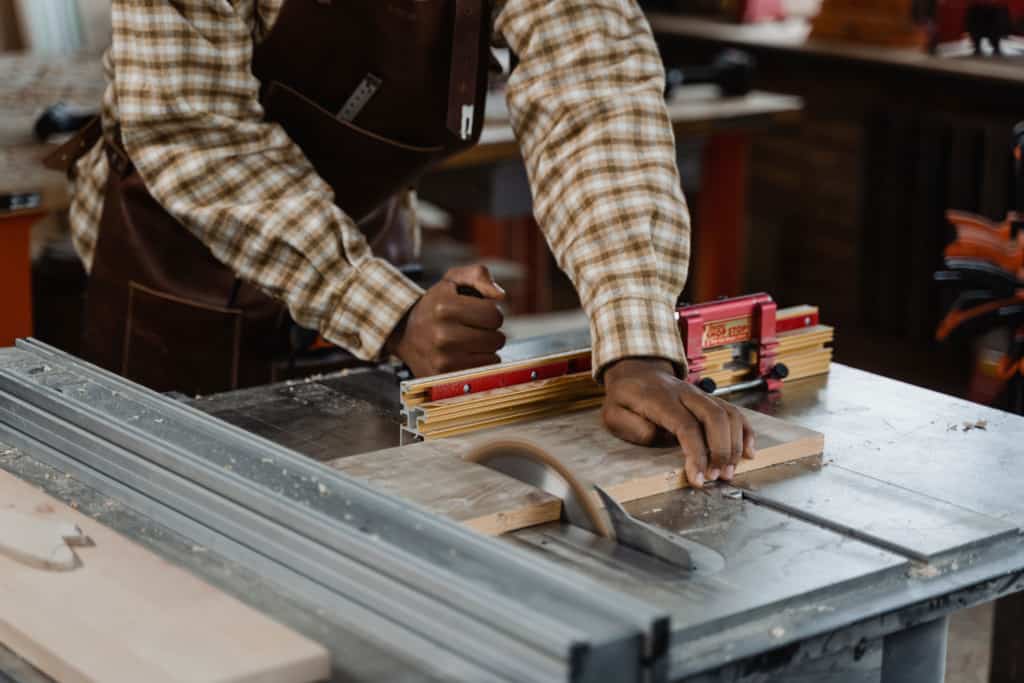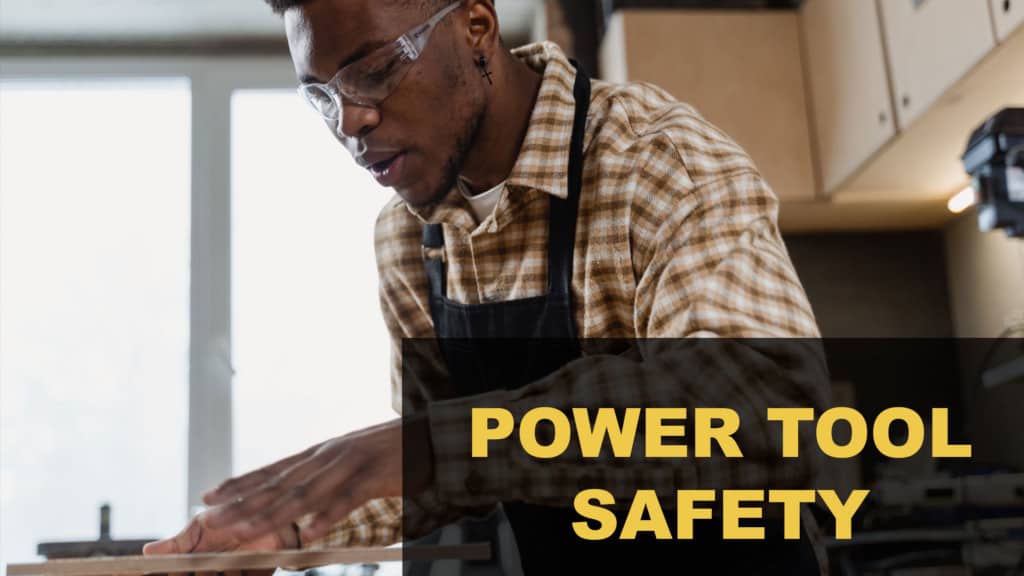Safety should always be the top priority when working with power tools. These powerful machines allow us to create stunning, professional projects with ease, but they can also pose significant risks if not used correctly. In this article, we’ll discuss essential power tool safety practices, ensuring that you can complete your projects efficiently and without injury.
Learn About Your Power Tools
Before you ever turn on a power tool for the first time, be sure to familiarize yourself with it. Carefully read the user manual, paying close attention to safety guidelines, recommended practices, and potential hazards. By understanding the capabilities and limitations of your power tools, you can prevent accidents and injuries that may result from misuse.
Keep Your Work Area Clean
Maintaining a clean and organized workspace is crucial for ensuring your safety while working with power tools. Cluttered workspaces can lead to accidents, as they create tripping hazards and make it difficult to maneuver around your tools. Keep your work area free of debris, and store tools and materials properly when they are not in use. Additionally, make sure that your workspace has ample lighting and proper ventilation to create a safe environment.
Wear Appropriate Personal Protective Equipment (PPE)
Wearing the proper personal protective equipment is essential when working with power tools. Safety goggles or glasses should be worn to protect your eyes from flying debris, and earplugs or earmuffs should be used to protect your hearing from loud noises generated by power tools. Also, wear gloves to protect your hands and non-slip shoes to maintain your footing. Depending on the specific power tool and project, additional PPE, such as a dust mask or a respirator, may also be necessary.
Use the Right Tool for the Job
While anything can be used as a hammer, always select the appropriate power tool for the task at hand. Using the wrong tool can not only lead to poor results but also increase the risk of injury. Make sure the power tool you choose is designed for the specific type of work you will be doing and that it has the necessary features and attachments to complete the job safely and efficiently.
Inspect Tools Before Use
Before using any power tool, inspect it for damage, wear, or any other issues that could compromise its safety or performance. Check for frayed cords, loose parts, or dull blades, and address any issues before proceeding with your project. Regularly maintaining and inspecting your power tools makes sure that they remain in good working order and minimizes the risk of accidents.

Maintain a Firm Grip and Proper Stance
When using power tools, maintain a firm grip and a stable stance. This will help you maintain control over the tool, preventing it from slipping or causing injury. Stand with your feet shoulder-width apart, and keep your body balanced and centered while working with power tools. Additionally, avoid reaching over or behind the tool while it’s in use, as this can lead to instability and accidents.
Unplug or Disconnect Power Tools When Not in Use
Always unplug or disconnect power tools when they aren’t in use or when changing attachments. This simple practice can prevent accidental activation, protecting you and those around you from potential injury.
Pay Attention to Your Surroundings
Stay aware of your surroundings when working with power tools. Keep an eye out for potential hazards, such as cords, hoses, or other obstacles that could cause accidents. Additionally, be aware of other people working nearby and ensure that they maintain a safe distance from your power tools.
Store and Carry Tools Safely
When you’ve finished using your power tools, store them properly to prevent damage and ensure their longevity. Store power tools in a dry, cool place, away from moisture and excessive heat. When transporting power tools, secure them to prevent movement and accidental activation. Proper storage and transportation of your power tools not only extends their lifespan but also helps maintain their safety features.
Learn from Others
If you’re not sure how to use a power tool, ask someone who knows how to help you. You can learn a lot from people who have experience with tools. And when you know how to use a tool safely, teach your friends, too!
Avoid Distractions
While working with power tools, avoid distractions that could compromise your safety. Try not to use your phone, listen to loud music, or chat with others while operating power tools. Staying focused on the task at hand ensures that you can react quickly to any potential hazards or issues that may arise.
Have a First Aid Kit and Emergency Plan
In the event of an accident or injury, it’s crucial to have a first aid kit and an emergency plan in place. Make sure that your first aid kit is well-stocked and easily accessible, and familiarize yourself with basic first aid procedures. Additionally, establish an emergency plan that outlines the steps to take in case of an accident, including who to contact and the location of the nearest medical facility.
Conclusion
In summary, prioritizing power tool safety is essential for both beginners and experienced users alike. By following the guidelines outlined in this article, you can minimize the risk of accidents and injuries, allowing you to complete your projects with confidence and efficiency. Remember, safety should always be your top priority, and by taking the necessary precautions, you can ensure a rewarding and secure woodworking experience.
